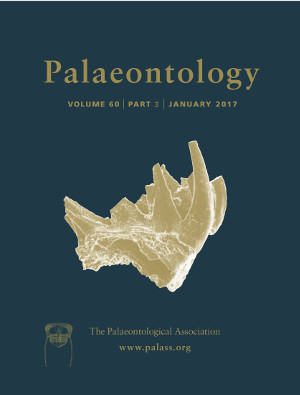Reg. Charity No. 1168330

For taphonomic and practical reasons, our understanding of morphological evolution within and among species is based primarily on measurements taken from one or a few morphological traits. However, patterns can be highly dependent on trait choice, making it difficult to draw conclusions about evolution of species or clades as a whole. In this paper, I test whether patterns of evolutionary change in the shape of a part are coincident with patterns of evolutionary change based on a more comprehensive description of the organism. The former is based on geometric morphometrics of the trilobite cranidium and the latter on discrete character data describing the exoskeleton, collected from species belonging to the Cambrian family Pterocephaliidae. Using these two datasets, I compare the amount of change occurring along phylogenetic branches, as well as changes in morphospace occupation and changes in different measures of disparity. Unlike previous studies, I apply as similar a data treatment as possible to each data set in order to facilitate the comparison and interpretation of discrepancies. Results suggest that cranidial shape is a robust proxy for species‐level disparity and rates of evolution in this family of trilobites. This indicates that studies that have relied on data collected from the cranidium may be representative of the patterns that would be detected if more comprehensive description of the specimens had been available.